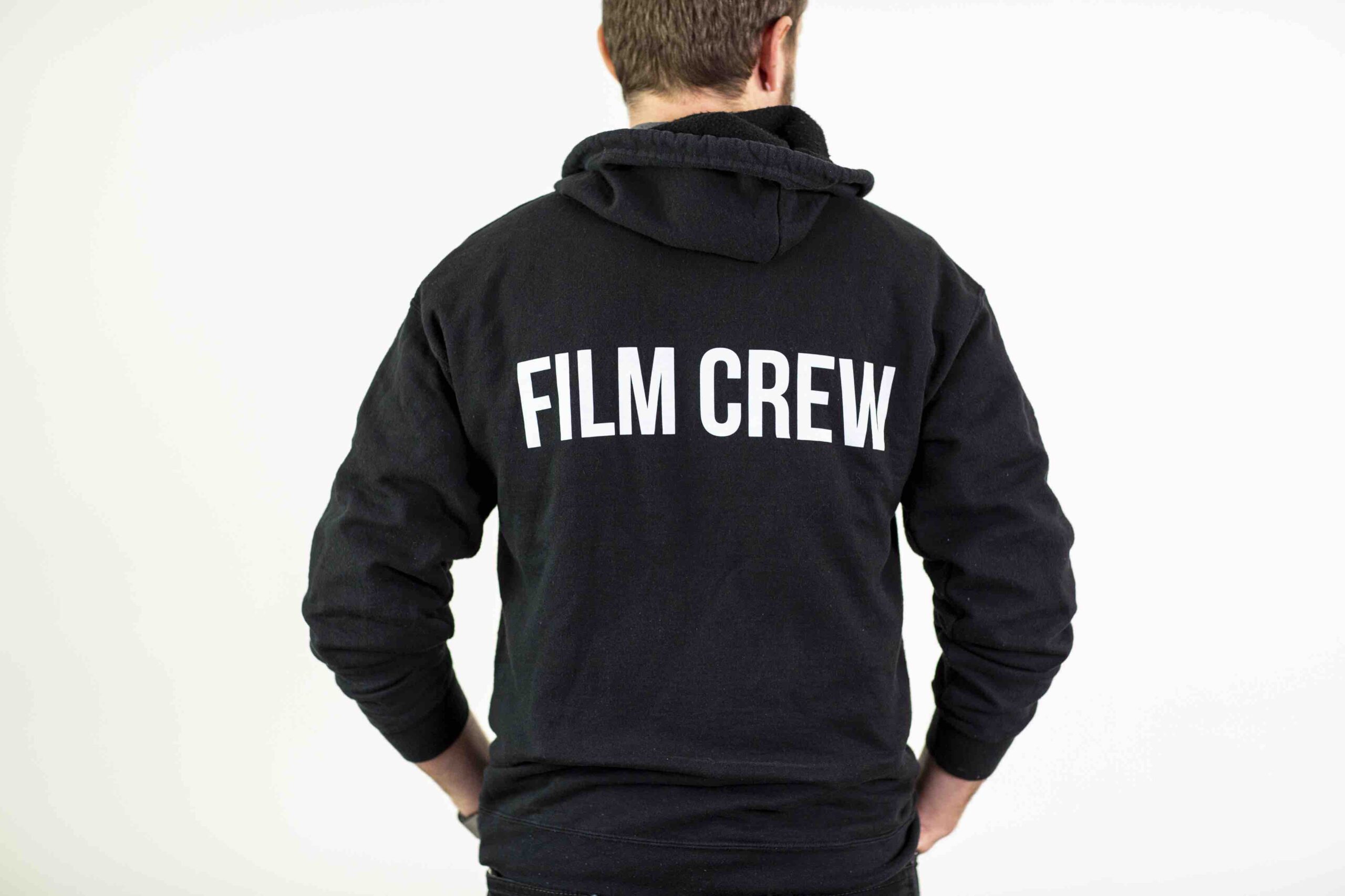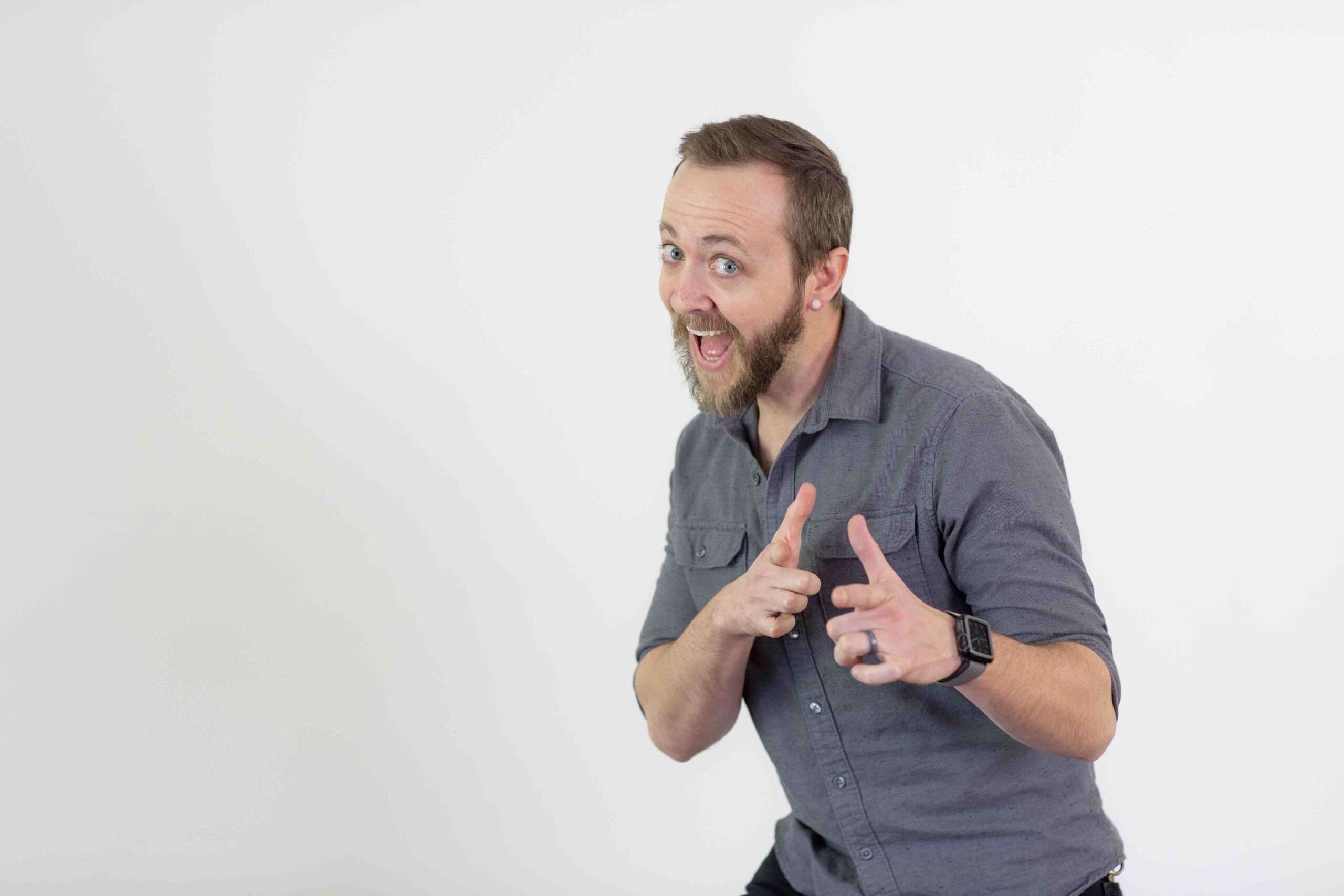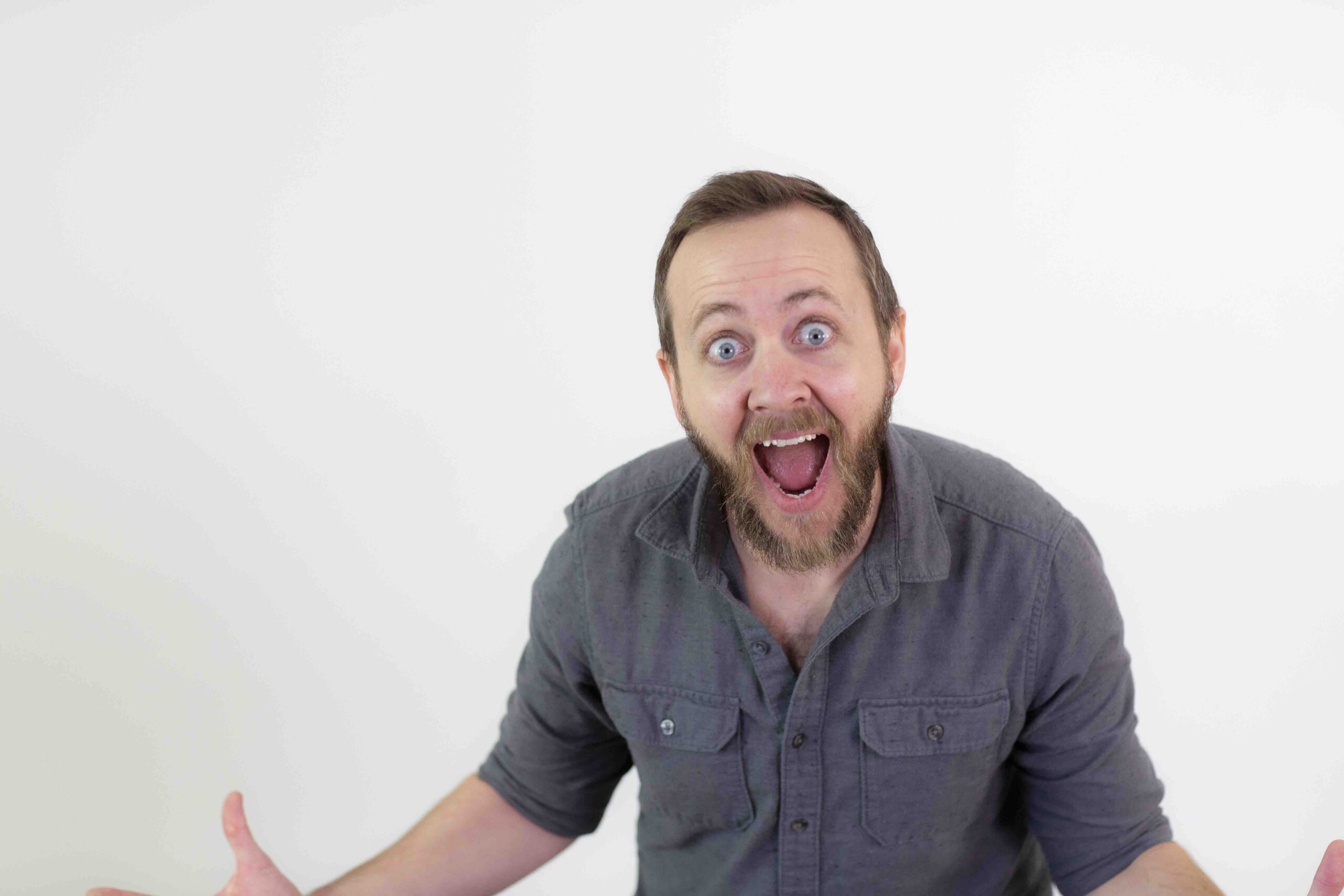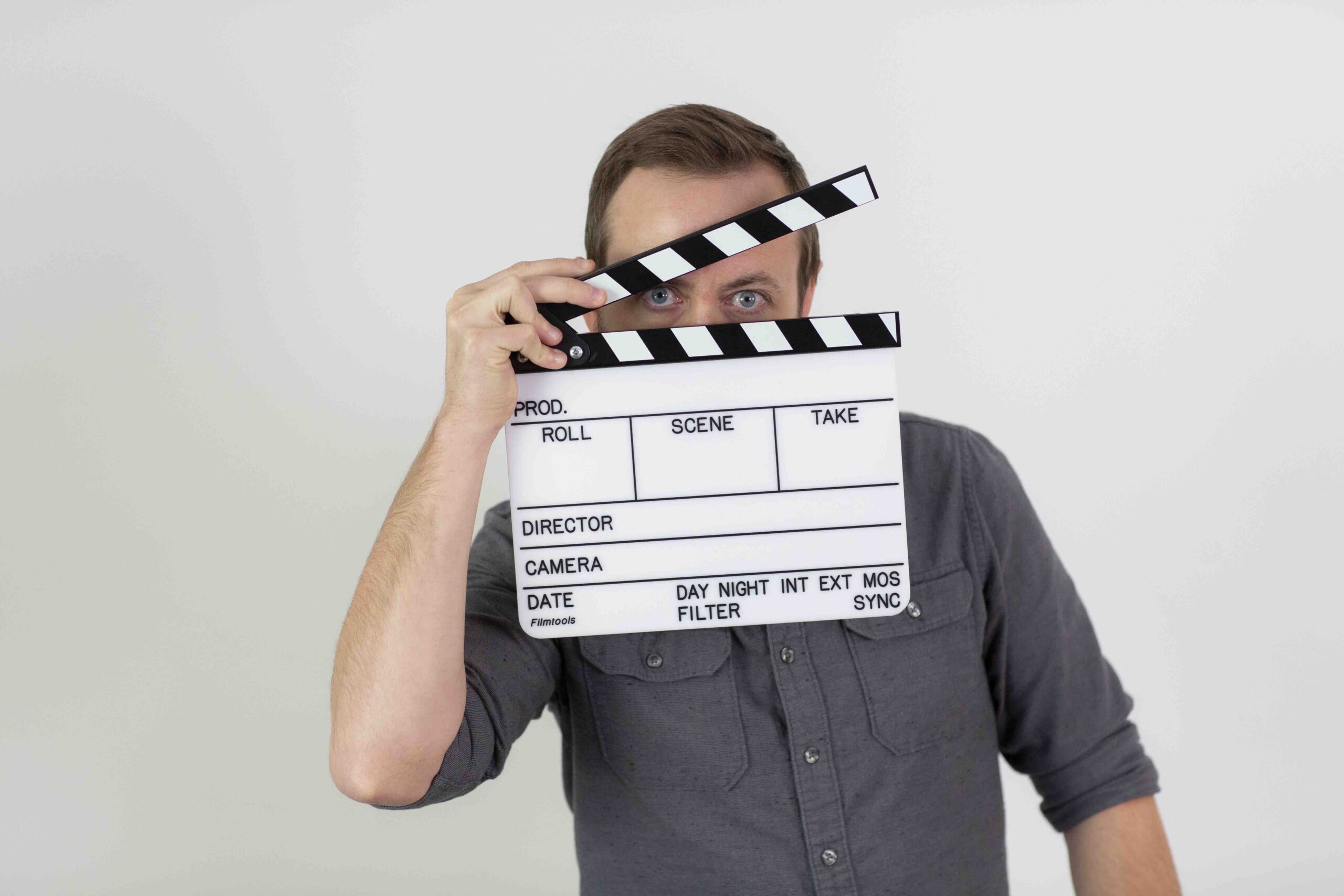If you don’t have the budget for a full-scale professional video, or you’re looking to produce something a little more organic (the COVID era really showcased how much you can do from home), consider a short and simple selfie video made better by following these tips.

You know what they say about location being everything . . . Nope, this isn’t about real estate, it’s about where you decide to shoot. The beach, perhaps? Those waves can sound awfully loud and guy diving for a Frisbee behind you, while a good move, can be terribly distracting. Traffic, airplanes and the landscaper blowing the sidewalks clean can also interfere with you getting your message across. So, listen hard for that background noise, and even do a short test before you complete a full video only to realize nobody can hear you.
And another thing … Excessive noise isn’t just something to consider outside. Indoors can be a challenge if your roommates are chattering in the background or if the AC or fridge happen to kick on during filming. Be mindful of that. An inexpensive microphone hooked to your lapel or tucked inside a shirt isn’t a bad investment.

Landscape, of course: We figure you know this one, but it’s important. Turn the phone or tablet sideways and make sure you’re in the middle of the screen at eye level. Hold the phone steady or better yet, rely on your laptop’s webcam so you’re not holding anything at all.
And another thing . . . Filming for Instagram? Forget what we said about turning the phone sideways. Portrait mode works best for that.

Let there be light: Natural light is your selfie video’s best friend. For those occasions when you can’t shoot outdoors, make sure you’re not in the dark (you know those Zoom calls when you really can’t see the other person?). Another small investment — a light to clip onto your laptop is worthwhile. Shoot in the brightest room of your home.
And another thing . . . Spy for shadows during your test run. Those can pop in when you film with your back to a sunny window.

Don’t memorize your script: This isn’t Hollywood. You need to know what you’re going to say. Yes, but you’re more likely to fall flat (unless you’re an actor by trade) if your focus is on remembering your lines word for word. Practice your material. But be comfortable enough that if you don’t deliver every line on cue, you can continue. It’s OK to have a few bullet points as reminders somewhere out of view, but by all means, do not read on camera!
And another thing . . . Short, snappy videos work better than long ones that drone on. Attention spans are shorter than tweets.

Amp up! If you’ve done so many test runs, you’ve gone stale, stow the equipment away for a while and refocus. You want to be smiling on camera and excited about what you’re talking about. If you’re tired, that’s going to show. If you’re frustrated, that’s going to come through instead of the message you’re conveying. Remember, your audience is hearing your message for the first time. Make it fresh and fun.
And another thing . . . Tone it down. Yes, that’s the opposite of what we just said. But don’t be so jacked up that you’re all over the map gesticulating in your loud striped shirt making all sorts of weird facial expressions. Take a breath, and then ready, set, shoot!
